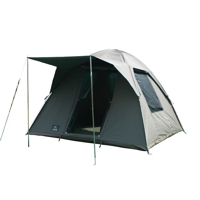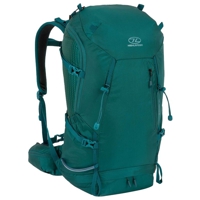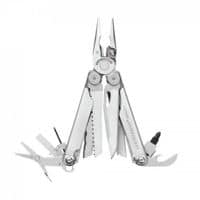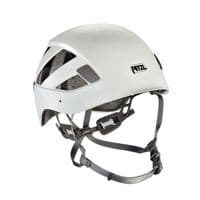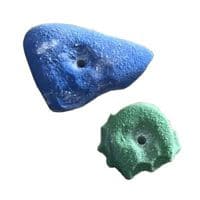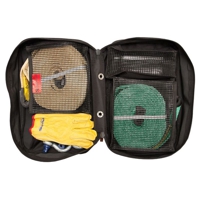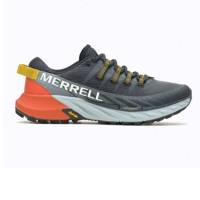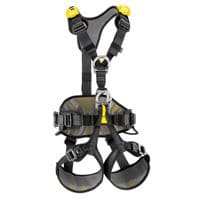Blog
What is Vehicle Recovery Equipment and Do you really need it?
Off-Road Recovery Basics
Recovery is the term used by off-roaders to define how to get a 4×4 vehicle going again once it has broken down or is simply stuck in thick sand or mud, for example.
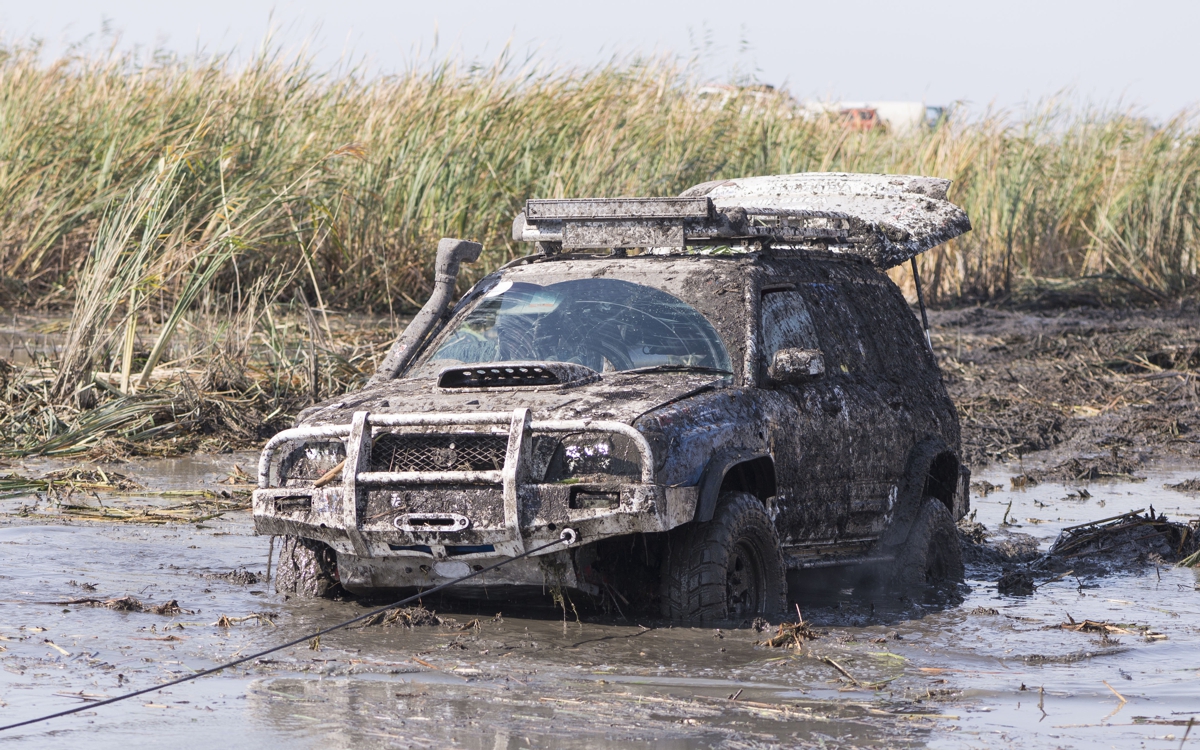
Recovery can be either by self (when no other vehicles are around, for instance), or vehicle-assisted.
Some basic field recovery techniques include fire extinguishing, battery jumping and tyre repairs. For self-recovery from a flat battery, a portable jump starter unit is indispensable. Fire extinguishers and jumper cables are essential in any vehicle. Bear in mind that 4x4s generally have larger engines and you will need to spec your jump start equipment to suit.
Before embarking on any overlanding adventure it is critical to learn how to undertake basic field maintenance, including replacing a flat tyre for example.
Traction Recovery
Traction recovery, used in the event of being stuck in sand or mud, may involve the use of various tools. Depending on the situation, airing down tyres, using a spade to remove soil, and laying down recovery tracks or sand ladders may help.
Winching
Should your vehicle be equipped with a powered winch, you need to familiarize yourself with it before setting out, particularly the safety aspects of operating it.
Towing Recovery
Recovering a stranded 4×4 can be more technical and hazardous due to the terrain and weight of the vehicle. Knowledge of how and where to attach pull straps is key. Quality and suitability of equipment is critical.
Kinetic Energy Recovery
This recovery requires a moving vehicle to ‘snatch’ the stuck vehicle using the stretch in the special kinetic rope or tape. Knowledge of this technique before attempting is advised.
Equipment
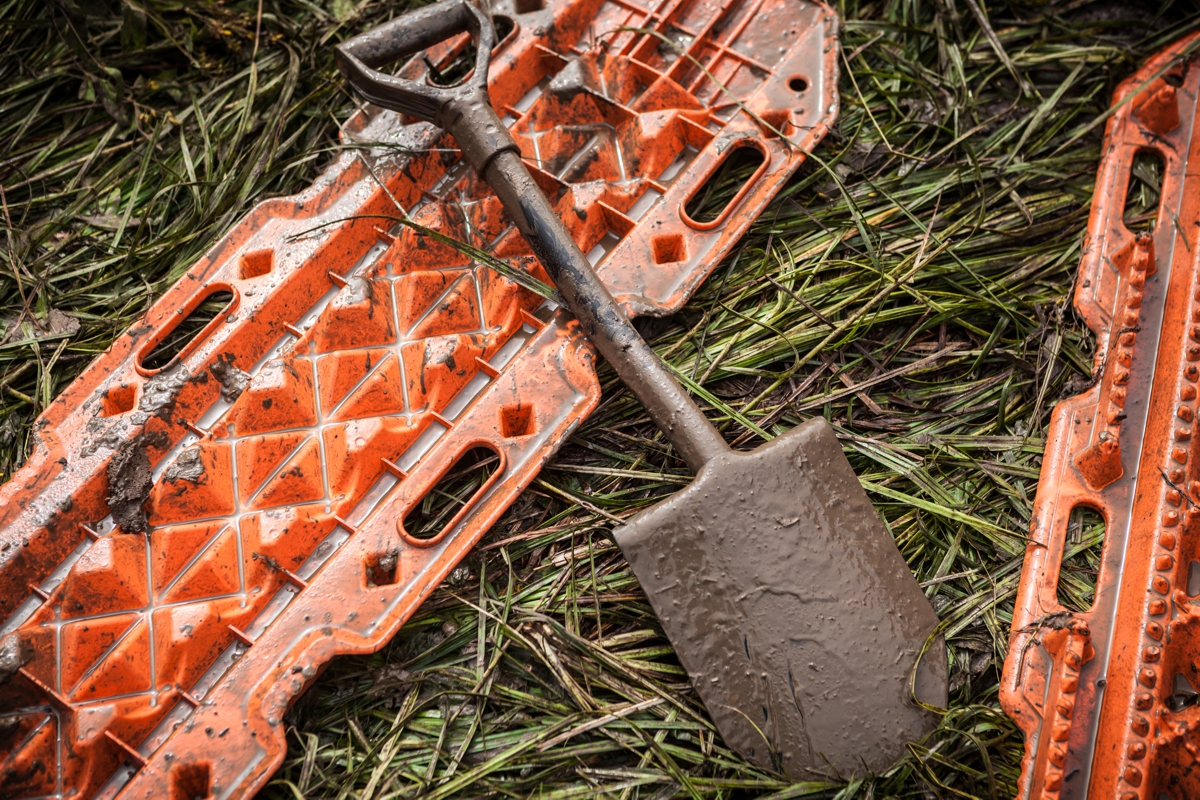
Herewith a brief description of some of the more common recovery equipment:
- Pull / Winch Extension Strap – Low stretch polyester straps used to pull or tow vehicles out of obstructions
- Recovery Bridle – Used to balance the load across two recovery points in order to reduce the load on a single point.
- Recovery Winch Blanket – Placed over a strap, cable or rope, the blanket dampens a flailing rope in the event of it breaking under tension, thus protecting bystanders and vehicles.
There are many other items you could add to your recovery kit, but it is often a good idea to start with a basic recovery kit that contains all the gear you need to start with.
Knowledge, experience and quality 4×4 recovery equipment will go a long way to ensuring your next off-road or overland excursion is a more safe and pleasant one.

